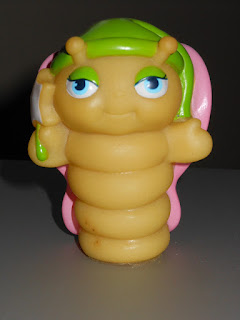Curtains can be costly to buy or have custom-made, especially if you want quality materials and workmanship. If you can sew a straight line and take some measurements, you can make your own at a fraction of the cost. Below you will find the steps to calculate the amount of fabric you need to sew your own curtains.
Measurements will be taken in inches and
converted to yards or meters. The two styles of curtains typically sewn are
gathered or pinch pleats.
! There are
36 inches in one yard and ~ 39 inches in one meter.
1. Decide on
the style of curtain you wish to sew – gathered or pinch pleats
1.1. Gathered
curtains have a multiplication factor of “2”
1.2. Pinch
pleated curtains have a multiplication factor of “2.5”
2. Measure your
window frame width from wall to wall
2.1. Add 10
inches (25cm)to the measured width
*
This will allow 5 inches (12.5cm) per side
for seam finishing etc.
3. Measure your
window frame height from top to bottom
3.1. Add 12
inches (30cm)to the measured height
*
This will allow finishes of 5 inches (12.5cm)
for the header and 7 inches (17.5cm) for the hem
4. Choose your
fabric and measure the width from selvage to selvage
! Most standard fabric widths are 36, 45, and 54 or
60 inches; specialized drapery fabric can be wider.
5. Determine if
the fabric has an obvious pattern that repeats or a “nap”
*
No – Proceed to Step 6
*
Yes – Measure the length of the repeat
interval (ex. The pattern repeats itself every 20 inches) and proceed to Step 6
6. Multiply the
total width measurement in Step 2.1 by the multiplication factor for your chosen style of curtains in Step 1
7. Take the
number in Step 6 and divide it by your fabric width
1.1. Is the
number a whole number? (ex. 5 or 5.1)
*
Yes –
Proceed to Step 8
*
No –
Round the number up to the next whole number and proceed to Step 8
! The number in Step 7 will be the number of fabric
panels or pieces required to cover your window from the fabric width and style
chosen.
8. Determine
the total length of fabric required in inches
1.1. For fabrics
with no obvious pattern repeats or a "nap", multiply your number of fabric
panels in Step 7 by the total height measurement in Step 3.1
1.2. For fabrics
with a pattern repeat or "nap", divide the total height measurement
in Step 3.1 by the repeat interval measured in Step 5 (this will determine the
number of pattern repeat intervals per fabric panel)
1.2.
1.2.1. Is the
number a whole number? (ex. 100 or 100.2)
*
Yes –
Proceed to Step 8.2
*
No –
Round the number up to the next whole number and proceed to Step 8.2
2. Multiply the
whole number by the repeat interval in Step 5
3. Multiply
your number of fabric panels in Step 7 by the number in Step 8.2
9. Convert the
total inches of fabric required for your curtain project to the appropriate
measurements.
1.1. For fabric
requirements in yards, divide your number by “36”.
1.2. For fabric
requirements in meters, divide your number by “39”.
10. Round the
converted number up or down for fabric purchase.


















